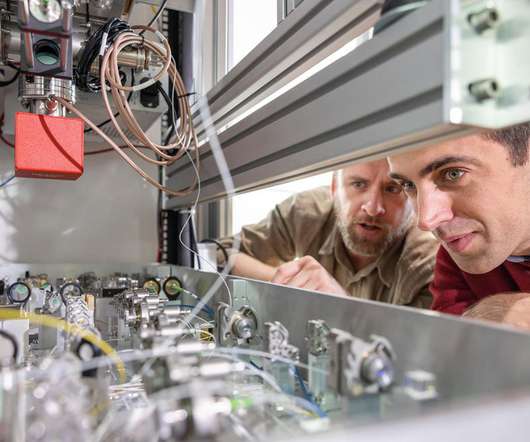RecycLiCo and Nanoramic Laboratories partner for lithium-ion battery recycling
Green Car Congress
AUGUST 6, 2023
Nanoramic Laboratories was spun out of MIT in 2009; Nanoramic’s licensing business model is backed by 14 years of research with more than 200 patents granted and pending. RecycLiCo Battery Materials and Nanoramic Laboratories announced a strategic collaboration with the goal of optimizing the complete life cycle of lithium-ion batteries.



























Let's personalize your content